Jiddu Krishnamurti – The Education Series (1983-85)
Jiddu Krishnamurti – The Education Series (1983-85) [5 DVD Set]
[5 DVD Set]
Description
Jiddu Krishnamurti – The Education Series (1983-85)Set of 5 single DVDs, Colour, Multi-regional DVD.Complete set of 5 Dialogues with Students and Staff.DVD Info:Format: NTSCLength: VariousRegions: All RegionsAudio: EnglishDVD 1 – The Brain is Always Recording – 2nd Dialogue – Rishi Valley Students (December 18 – 1984)Video Attributes: Video compression mode: MPEG-2 TV system: 525/60 (NTSC) Aspect Ratio: 4:3 Display Mode: Both Pan&scan and Letterbox Source picture resolution: 720×480 (525/60) frame Rate: 30.00 Source picture letterboxed: Not letterboxed Bitrate: 1.79MbpsAudio Attributes: Audio Coding mode: Dolby Digital Sampling Rate: 48kHz Audio application mode: Not specified Number of Audio channels: 2 Bitrate: 192 Kbps Number of Audio streams: 2Subtitles: English / SpanishDVD 2 – It Doesn’t Matter if you Die for It – 3rd Dialogue – Rishi Valley Students (December 20 – 1984)Video Attributes: Video compression mode: MPEG-2 TV system: 525/60 (NTSC) Aspect Ratio: 4:3 Display Mode: Both Pan&scan and Letterbox Source picture resolution: 720×480 (525/60) frame Rate: 30.00 Source picture letterboxed: Not letterboxed Bitrate: 1.19MbpsAudio Attributes: Audio Coding mode: Dolby Digital Sampling Rate: 48kHz Audio application mode: Not specified Number of Audio channels: 2 Bitrate: 192 Kbps Number of Audio streams: 2Subtitles: English / Portugese / French / SpanishDVD 3 – What is the Taste of Fear? – 1st Dialogue – Rishi Valley Students (December 5 – 1985)Video Attributes: Video compression mode: MPEG-2 TV system: 525/60 (NTSC) Aspect Ratio: 4:3 Display Mode: Both Pan&scan and Letterbox Source picture resolution: 720×480 (525/60) frame Rate: 30.00 Source picture letterboxed: Not letterboxed Bitrate: 1.91MbpsAudio Attributes: Audio Coding mode: Dolby Digital Sampling Rate: 48kHz Audio application mode: Not specified Number of Audio channels: 2 Bitrate: 192 Kbps Number of Audio streams: 2Subtitles: English / SpanishDVD 4 – Thinking about Myself all Day Long – 2nd Dialogue – Rishi Valley Students (December 11 – 1985)Video Attributes: Video compression mode: MPEG-2 TV system: 525/60 (NTSC) Aspect Ratio: 4:3 Display Mode: Both Pan&scan and Letterbox Source picture resolution: 720×480 (525/60) frame Rate: 30.00 Source picture letterboxed: Not letterboxed Bitrate: 1.35MbpsAudio Attributes: Audio Coding mode: Dolby Digital Sampling Rate: 48kHz Audio application mode: Not specified Number of Audio channels: 2 Bitrate: 192 Kbps Number of Audio streams: 2Subtitles: English / SpanishDVD 5 – Supreme Intelligence is to Have No Illusions – 2nd Dialogue – Staff and Students, Brockwood Park (October 16 – 1983)Video Attributes: Video compression mode: MPEG-2 TV system: 525/60 (NTSC) Aspect Ratio: 4:3 Display Mode: Both Pan&scan and Letterbox Source picture resolution: 720×480 (525/60) frame Rate: 30.00 Source picture letterboxed: Not letterboxed Bitrate: 1.65MbpsAudio Attributes: Audio Coding mode: Dolby Digital Sampling Rate: 48kHz Audio application mode: Not specified Number of Audio channels: 2 Bitrate: 192 Kbps Number of Audio streams: 1Subtitles: EnglishDialogue:K: You are not sensitive. You are very young, you are not sensitive. S: Sometimes when I am thinking of something I don’t realize I am thinking, I am so caught up in that thinking. Whereas sometimes, suppose I am watching a tree, I know that I am watching a tree. I am aware that I am watching a tree, and I am watching it at the same time. Whereas sometimes I am thinking, I don’t realize that I am thinking. So I am not watching myself at that time. K: Wait, wait. Realize that you are thinking. Watch your thinking. Why you think, what makes you think that way, watch it, watch everything that you are doing. S: Sir, but sometimes I am so caught up in that thinking. K: Just listen carefully. Now listen. We are talking to each other, aren’t we, so we are thinking too. Right? And we may think silently and put it into words. Right? That is what we are doing now. You think and you put it into words. And you want to tell me something, so I am very careful to convey what I want to say to you.Jiddu Krishnamurti was born on 11 May 1895 in Madanapalle, a small town in south India. He and his brother were adopted in their youth by Dr Annie Besant, then president of the Theosophical Society. Dr Besant and others proclaimed that Krishnamurti was to be a world teacher whose coming the Theosophists had predicted. To prepare the world for this coming, a world-wide organization called the Order of the Star in the East was formed and the young Krishnamurti was made its head.In 1929, however, Krishnamurti renounced the role that he was expected to play, dissolved the Order with its huge following, and returned all the money and property that had been donated for this work.From then, for nearly sixty years until his death on 17 February 1986, he travelled throughout the world talking to large audiences and to individuals about the need for a radical change in mankind.Krishnamurti is regarded globally as one of the greatest thinkers and religious teachers of all time. He did not expound any philosophy or religion, but rather talked of the things that concern all of us in our everyday lives, of the problems of living in modern society with its violence and corruption, of the individual’s search for security and happiness, and the need for mankind to free itself from inner burdens of fear, anger, hurt, and sorrow. He explained with great precision the subtle workings of the human mind, and pointed to the need for bringing to our daily life a deeply meditative and spiritual quality.Krishnamurti belonged to no religious organization, sect or country, nor did he subscribe to any school of political or ideological thought. On the contrary, he maintained that these are the very factors that divide human beings and bring about conflict and war. He reminded his listeners again and again that we are all human beings first and not Hindus, Muslims or Christians, that we are like the rest of humanity and are not different from one another. He asked that we tread lightly on this earth without destroying ourselves or the environment. He communicated to his listeners a deep sense of respect for nature. His teachings transcend man-made belief systems, nationalistic sentiment and sectarianism. At the same time, they give new meaning and direction to mankind’s search for truth. His teaching, besides being relevant to the modern age, is timeless and universal.Krishnamurti spoke not as a guru but as a friend, and his talks and discussions are based not on tradition-based knowledge but on his own insights into the human mind and his vision of the sacred, so he always communicates a sense of freshness and directness although the essence of his message remained unchanged over the years. When he addressed large audiences, people felt that Krishnamurti was talking to each of them personally, addressing his or her particular problem. In his private interviews, he was a compassionate teacher, listening attentively to the man or woman who came to him in sorrow, and encouraging them to heal themselves through their own understanding. Religious scholars found that his words threw new light on traditional concepts. Krishnamurti took on the challenge of modern scientists and psychologists and went with them step by step, discussed their theories and sometimes enabled them to discern the limitations of those theories. Krishnamurti left a large body of literature in the form of public talks, writings, discussions with teachers and students, with scientists and religious figures, conversations with individuals, television and radio interviews, and letters. Many of these have been published as books, and audio and video recordings.Everyone who knows Jiddu Krishnamurti’s video’s knows that the video quality is not superb..Enjoy..
You must be logged in to post a review.

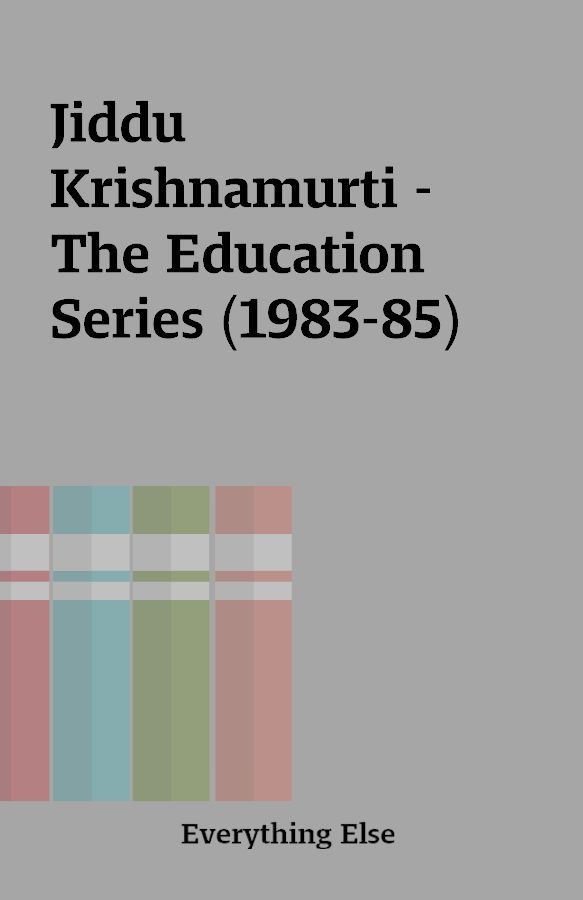
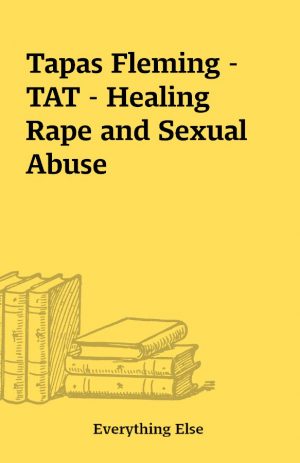
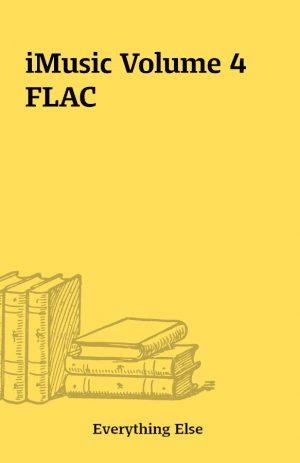
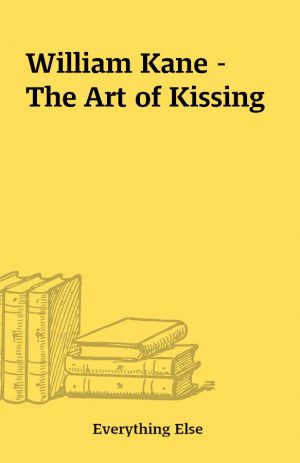
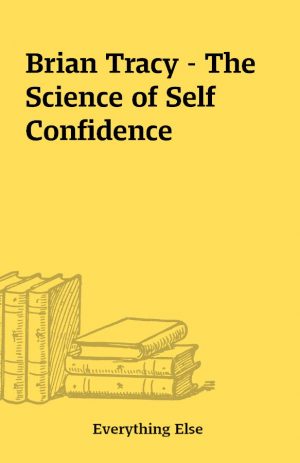
Reviews
There are no reviews yet.